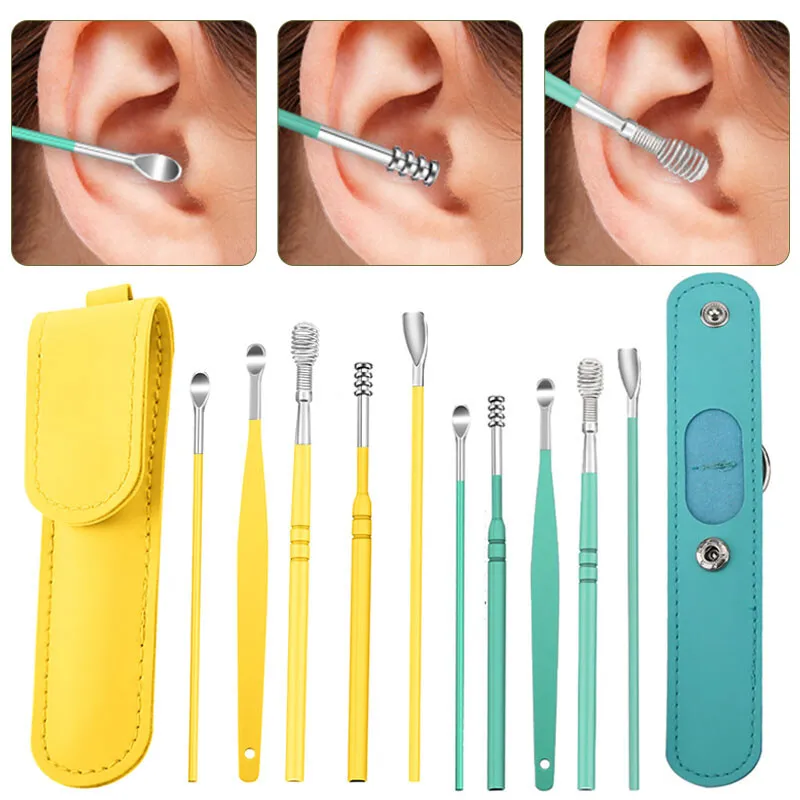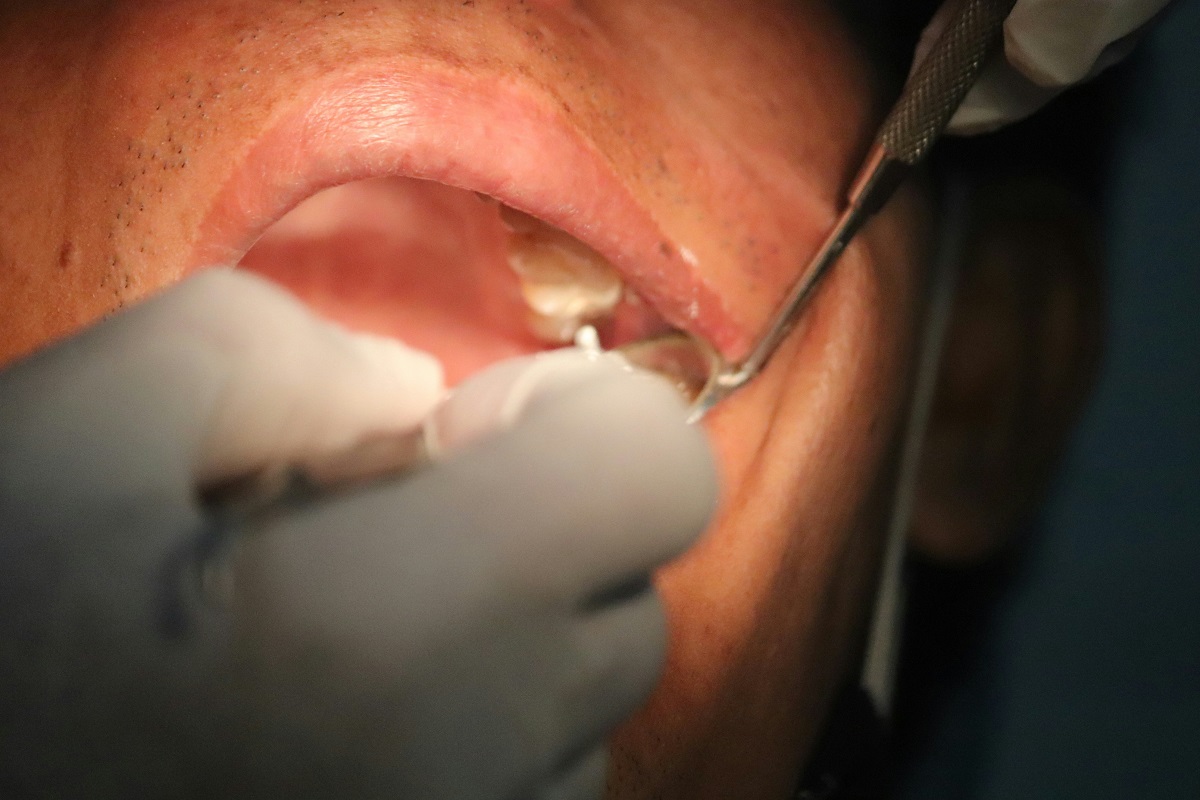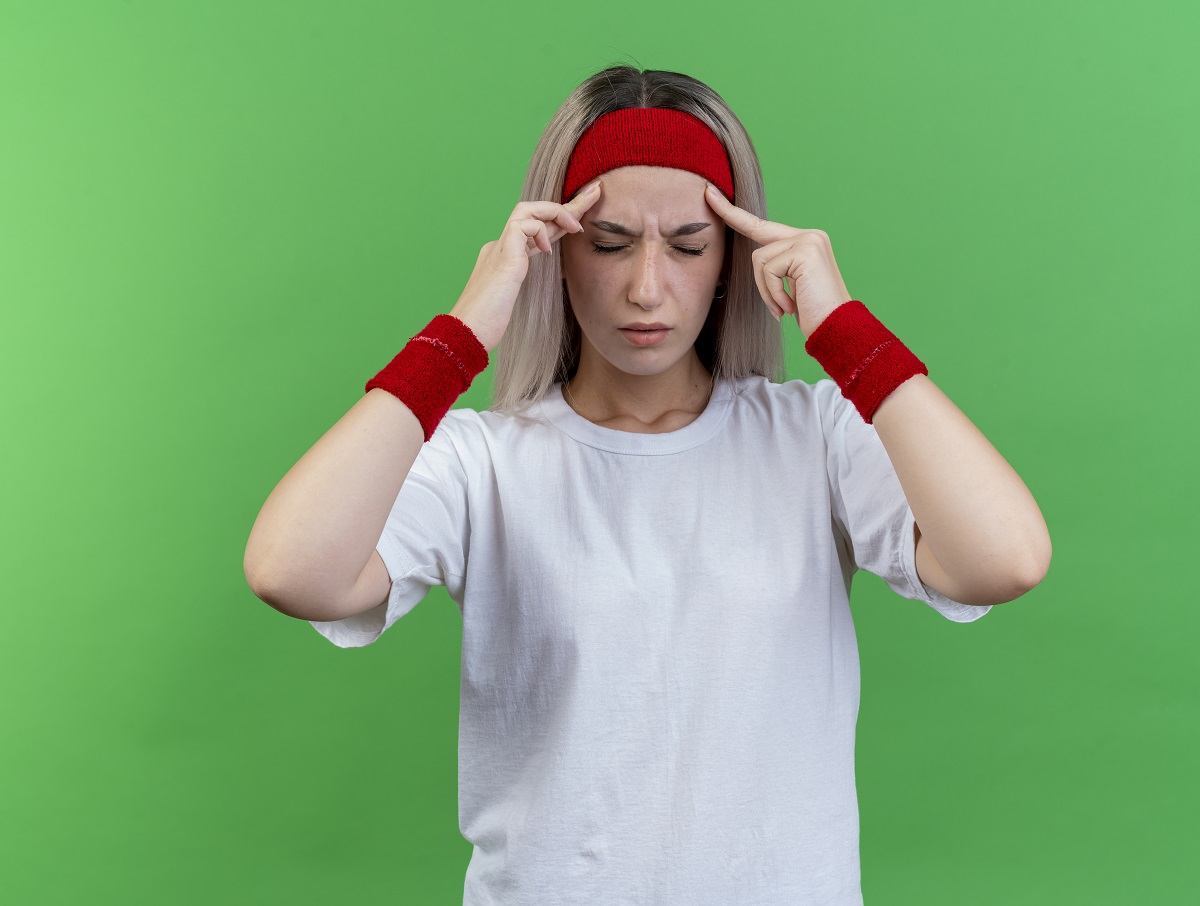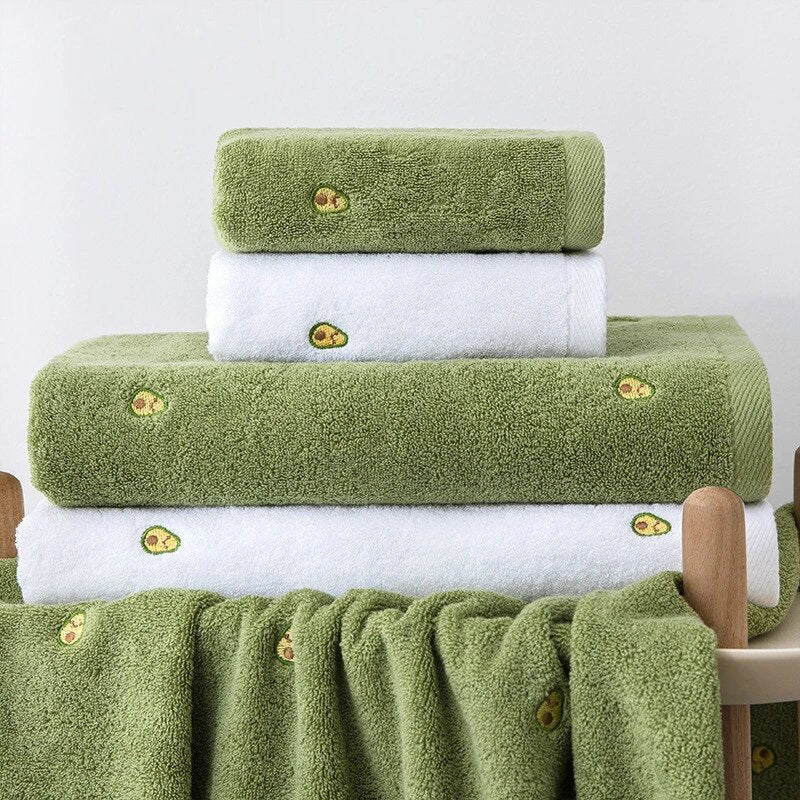The latest social media craze where earwax removal has become the new obsession as pimple-popping! A recent TikTok video, with over 3 million views, suggests pouring hydrogen peroxide in your ears to get rid of buildup. But before you grab that bottle, hold on! This trendy technique might not be all it’s cracked up to be. Ear, nose, and throat (ENT) specialists are here to debunk the myth and offer safe alternatives for cleaning clogged ears at home. If you are also struggling with ear wax buildup? Don’t worry we are here with the best ear wax removal kits of 2024. We are going to present the best earwax removal products for gentle and efficient ear cleaning. So, without any further delay let’s dive in!
Why Is Removing Earwax Becoming Popular?
Audio-visual recordings of wax removals are classified as strangely fulfilling media. Numerous removal videos will appear in the search results if you quickly conduct a YouTube search on the process. The most authentic ones depict a medical professional carrying out the operation. In video comments, several viewers have acknowledged that they are fascinated by the procedure. Seeing it done properly on camera may help teach them how to clean their ears securely. TikTok tutorials created by users are a whole other game. The social networking site frequently features non-medical experts dispensing medical advice that lacks scientific support. Generally speaking, you should always heed the counsel of a licensed practitioner before that of any influencer; this person should have legitimate qualifications, such as a degree or practitioner’s license.
Research has already refuted the misconception that using Q-tips to clear your ear canal of excess wax is a good idea (which we’ll go over later). The removal videos that are popular on the internet have experts preoccupied once more. According to the aforementioned TikTok craze, you should lean your head sideways over a towel, pour hydrogen peroxide into your ear canal completely, and then wait for the peroxide to fizzle before doing the same with your other ear. TikTokkers claim that when you tip the liquid-filled channel toward the ground, the wax reportedly drains along with the peroxide. However, what is the opinion of pediatric otolaryngologist Nicole Aaronson, M.D. on this removal technique? “As long as the eardrum is intact, hydrogen peroxide is completely safe,” the spokesperson states. “Using peroxide will be extremely painful for patients who have a patent ear tube or a tympanic membrane perforation.” Although the removal procedure isn’t as drastic as other methods (like ear candling), it’s not a universally applicable, safe option.
How Do You Remove Earwax?
“For the average person, the ear is shaped so that gravity helps any dead skin, cerumen [earwax], or other debris to naturally migrate out of the ear without additional assistance,” says audiologist and member of the Forbes Health Advisory Board Amy Sarow, Au.D. External removal techniques are necessary to remove excess buildup when the natural management of earwax is insufficient. Earwax can be removed in a variety of methods, such as irrigation and suction. Dr. Aaronson states that these are usually completed during an office visit with a healthcare physician. Using warm water to flush out excess wax from your ear canal and using a forceps delivery system or other medical tool to remove any loose wax particles is known as irrigation. A micro suction instrument must be used for suctioning to remove the accumulation. The aforementioned medical instruments should only be used under the guidance of a medical practitioner (such as a qualified audiologist or an ear, nose, or throat physician), even though these clinically validated removal methods have scientific backing and both have hazards.
Avoid the following other earwax removal fads: ear candling and using cotton swabs as objects. The process of ear candling involves inserting a lit candle into your external ear canal and letting it burn for fifteen minutes. This is to remove an accumulation of bacteria, dirt, and extra wax that is dark and sticky. Why is ear candling prohibited again? “Methods like ear candling are quite dangerous and could cause third-degree burns in the ear from hot wax,” states Dr. Sarow. Q-tips are also completely ineffective at removing wax, despite what the general public believes. In fact, cotton swabs have the potential to rupture your eardrum by forcing earwax farther into the canal. Frequent use of the swab can also cause you to scrape the canal, which increases your risk of infection from the microorganisms the swab has collected.
When Is It Time For Earwax Removal?
Earwax is a valuable lubricant that helps keep your eardrums and canal free from infection. Dr. Sarow states that some earwax is natural and good to guard against bacteria and germs, as well as to keep the ear canal hydrated and prevent dry skin. However, too much wax might create a sticky situation that affects your hearing. Over time, earwax accumulation can obstruct your ears and impair hearing, which is an indication that treatment is required. You may experience higher accumulation than normal if you wear hearing aids or earplugs frequently. Infection may result from further accumulation. In most cases, at-home care is a suitable solution for managing typical accumulation. “A few drops of mineral oil in the ear will assist to soften the wax and help it come out naturally with warm water in the shower,” Dr. Sarow says of people who create more earwax than usual. Mineral oil and hydrogen peroxide are natural, appropriate relief agents supported by scientific study; before using, nevertheless, it’s best to have your doctor confirm that your eardrum is intact. It could be necessary to seek expert assistance if this removal technique proves unsuccessful.
Professional Earwax Removal Products And Techniques
If you have an excessive amount of buildup of earwax or hard wax plugs obstructing your ear canals (a condition known as impacted cerumen), at-home earwax removal methods may not be helpful. According to Dr. Sarow, “earwax changes consistency with age, and dryness can make one more susceptible to cerumen impaction.” Your best option in these situations is to have a professional remove the wax from your ears. Dr. Sarow lists impaired hearing, ear itching, and pain or fullness in the ear as indicators that it’s time to see a specialist. “Those who have had surgery, have extremely narrow, tortuous ear canals, or both are more likely to require routine professional ear cleaning.”
Read More: Boka Toothpaste: A Natural Approach to Oral Care
Clinical earwax removal treatments are a popular practice provided by audiologists, often known as ear, nose, and throat specialists, within the field of otolaryngology. These experts examine your ear canal in greater detail using an operating microscope. After that, they usually remove the extra wax using irrigation or micro-suction. “[Practitioners] can change the tools they use depending on the kind of wax and what will remove it most successfully,” Dr. Aaronson explains. Regarding the drawbacks of receiving professional treatment, Dr. Aaronson notes that scheduling an appointment may require time away from work and may incur a fee. According to CostHelper, the average copay for removals is between $5 and $75.
Ear Wax Removal Kits
Minor buildup can be safely removed with an earwax removal kit purchased from a store. Wax-softening drops and safe removal equipment, like a bulb syringe, are included in many sets. Mineral oil and peroxide-containing cleaning drops are two quite safe cleaning solutions. Dr. Sarow advises using a bulb syringe and water for the least hazardous technique of cleaning your own ears. To flush out the wax, fill the syringe with water and squeeze it close to your ear entrance. After that, you can expel the wax by cocking your head downward. Use water that is roughly body temperature; anything much cooler or warmer than that can make you feel lightheaded for a while. Furthermore, people who have PE tubes or a perforated eardrum should not use this technique, she continues. Additionally, avoid forcibly spraying the water as this may result in a perforation. Dr. Aaronson states that “these [kits] are considered safe, although they may cause temporary dizziness, pain, or damage to the eardrum.” These kits might cost anywhere between $3 and $400.
Safe Ear Cleaning with Ear Wax Removal Kits
While your ears are naturally self-cleaning, sometimes excess earwax buildup can lead to discomfort and hearing problems. Thankfully, there are solutions beyond the potentially harmful cotton swab! In this guide, we’ll explore safe earwax removal kits and help you choose the right one for your needs. But first things first: safety is paramount. We consulted otolaryngologists (ear, nose, and throat specialists) Linda Dahl, MD, and Inna Husain, MD, who emphasize that the safest option is always a visit to your doctor, especially for severe blockages, pain, or significant hearing loss. However, with your doctor’s okay, a home earwax removal kit can be a safe and effective way to soften wax and clear minor blockages. Some trendy ear wax removal methods aren’t safe or effective. To help you navigate the world of earwax removal kits, we’ve researched and consulted experts to bring you our top picks, along with a review from a doctor on our Medical Expert Board for ultimate accuracy.
Best Earwax Removal Kits of 2024
- Lengin Otoscope Ear Cleaner
This kit stands out for its built-in camera and light, allowing you to see exactly what you’re doing while cleaning. It connects to your phone via the Soulear app (compatible with Android and iOS) for high-quality 1080p HD visibility. Plus, it comes with interchangeable silicone ear spoons for comfort and hygiene.
- Clinere Ear Cleaners
These dual-ended cleaners are a budget-friendly option for both itch relief and wax removal. The twirled fin end cleans the outer ear, while the scoop reaches slightly deeper. Marked lines on the scoop indicate safe insertion depth. We love the reusability and easy cleaning of these 10-pack cleaners.
- Doctor Easy Elephant Ear Washer Bottle System
This irrigation system features a protective splashback design, preventing accidental insertion of the tip too far into the ear canal. It’s perfect for those cleared by their doctor to use irrigation. The kit includes three ear tips and a comfortable spray handle for adjustable water flow.
- Oogiebear Brite Nose and Ear Gadget with Nighttime LED Light
This is used for the Kid’s ear and nose cleaning. The angled loops and soft plastic design of the oogiebear-brite make it safe and effective for cleaning little ears and noses. The handy LED light helps you see clearly, even at night. We appreciate its dual functionality and easy cleaning. Plus, it comes with a convenient storage case for travel.
- Waxout Organic Ear Oil
While not technically a kit, Waxout Organic Ear Oil deserves a spot on this list for its effectiveness. This tincture combines oils to soften earwax, soothe itching, and alleviate earaches. Mullein extract oil, known for reducing inflammation and loosening mucus, is a key ingredient.
- KDO Q-Grips Earwax Removal Spiral
These soft, silicone spirals are sized for various ages and ear sizes. Safer than metal tools and cotton swabs, they feature a simple, ergonomic design for easy gripping. The kit includes a spiral hard head, silicone brush, and three-ring cleaning tips for a thorough clean. The washable attachments and 16 included spirals make it ideal for families.
How We Select the Best Ear Wax Removal Kit
We consulted doctors to understand which types of kits they recommend and what features are crucial. They also shared insights on potentially risky tools and safe earwax removal practices. Based on their expertise, we researched the most effective kits for itch relief and buildup removal when used properly. We also ensured a variety of options to cater to different needs, including irrigation, manual removal, and ear drops. The amount of earwax you’re seeking to remove will ultimately determine the best technique for you. The more wax that needs to be removed, the more probable it is that you will require expert assistance. Minor wax buildups can be safely removed with some at-home remedies. “Expert advice on your particular situation is best if your ear canal geometry is not conducive to the ear’s self-cleaning mechanism,” advises Dr. Sarow. “Your doctor might advise routine professional ear cleanings every three to six months, or more frequently as needed.”
Ear Wax Removal Kit FAQs
Q. Are ear wax removal kits safe?
Ear wax removal kits can be safe for most people if used correctly. However, it’s always best to consult your doctor before using one, especially if you have any ear problems.
Q. What types of ear wax removal kits are available?
Ear wax removal kits typically include softening drops, a bulb syringe, and sometimes removal tools. Different kits may focus on specific removal methods.
Q. How do I use an ear wax removal kit?
Always follow the specific instructions that come with your kit. Generally, it involves softening the earwax with drops, then gently flushing it out with warm water using the syringe.
Q. How often can I use an ear wax removal kit?
Don’t overuse ear wax removal kits. Most recommend using them only when experiencing discomfort from earwax buildup.
Q. What if the ear wax removal kit doesn’t work?
If the kit doesn’t remove the blockage or you experience any pain, stop using it and see your doctor.
Q. Are there any risks associated with using ear wax removal kits?
Improper use can damage the ear canal or even rupture the eardrum. Consult your doctor if you have concerns.
Q. What are some alternatives to ear wax removal kits?
Softening drops alone or letting your body naturally expel earwax can be effective for some.
Q. Who shouldn’t use ear wax removal kits?
People with ear infections, ruptured eardrums, or ear tubes should avoid using these kits.
Q. Can I use cotton swabs to clean my ears?
Cotton swabs can push earwax further into the canal, worsening blockage. It’s best to avoid them for ear cleaning.
Q. How can I prevent earwax buildup?
Avoid putting anything in your ears, and letting your body naturally expel earwax is usually sufficient.






